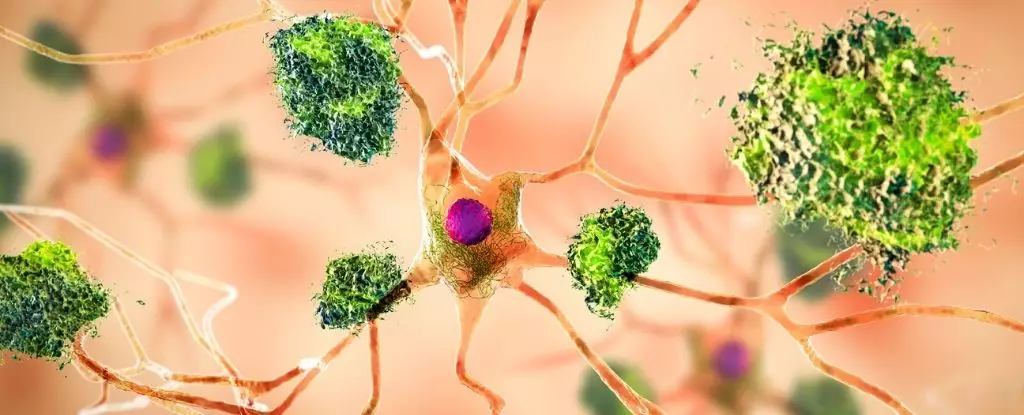Alzheimer’s disease, a debilitating neurodegenerative condition, has long been associated with the accumulation of toxic amyloid plaques in the brain. Traditionally, these plaques were believed to arise from intrinsic stress or inflammation within the brain itself. However, recent evidence has suggested an unusual culprit: a common type of fungi known as Candida albicans. Intriguingly, scientists have discovered the presence of this fungus in the autopsied brains of individuals with Alzheimer’s disease and other neurodegenerative disorders like Parkinson’s. This revelation has led researchers to postulate that external infections may invade the brain and trigger an innate immune response, potentially resulting in Alzheimer’s-like symptoms. To delve deeper into this hypothesis, an international team of researchers, led by experts at Baylor College of Medicine, undertook a study involving mice.
To investigate the potential impact of Candida albicans on the mammal brain, the researchers conducted a series of test-tube experiments. Initially, the researchers injected C. albicans directly into the brains of mice. After four days, the mice were euthanized, and their brains were examined for further analysis. Using brain slices and cell cultures, the researchers made several intriguing observations.
The findings of the study revealed that once Candida albicans entered the brain, it triggered two distinct neuroimmune mechanisms. The first mechanism involved a fungal enzyme known as Saps. This enzyme rendered the blood-brain barrier excessively permeable, enabling fungal cells in the bloodstream to infiltrate the brain. Additionally, Saps also disintegrated amyloid beta-like proteins, similar to those responsible for plaques in Alzheimer’s brains. This breakdown of proteins activated microglia, specialized immune cells responsible for clearing debris.
The second neuroimmune mechanism involved another fungal secretion that activated microglia to specifically target and remove the fungi. Collectively, these mechanisms proved highly effective in resolving acute C. albicans infections in healthy mouse brains within a span of approximately 10 days. However, the researchers discovered that disrupting the normal microglia response prolonged the fungal infection.
The accumulation of amyloid beta-like clumps in mouse brains was found to serve as a defense against pathogen invasion. However, if microglia failed to efficiently clear these clumps, their presence could potentially contribute to long-term harm. This hypothesis aligns with recent discoveries that suggest amyloid beta plaques are not the primary triggers of cognitive decline in Alzheimer’s disease. Consequently, treatments targeting these plaques in humans have largely proven unsuccessful.
While these findings shed new light on the potential origins of Alzheimer’s disease, they represent only a piece of a complex puzzle. Further research, involving living animal models and human cells, is crucial to fully comprehend the intricate relationship between fungi, neuroimmune responses, and cognitive decline. By building upon these initial experiments, the researchers at Baylor College of Medicine are hopeful that innovative therapies for cognitive decline can be developed in the future.
The discovery that Candida albicans can penetrate the mammal brain and trigger neuroimmune responses opens up new avenues of research into the etiology of Alzheimer’s disease. If further investigations validate the role of external infections in the development of neurodegenerative disorders, it could revolutionize our understanding of these conditions and potentially pave the way for novel therapeutic approaches. Nonetheless, much remains to be explored, and researchers must continue to unravel the intricate mechanisms underlying Alzheimer’s disease to unlock the secrets of this devastating illness.



Leave a Reply